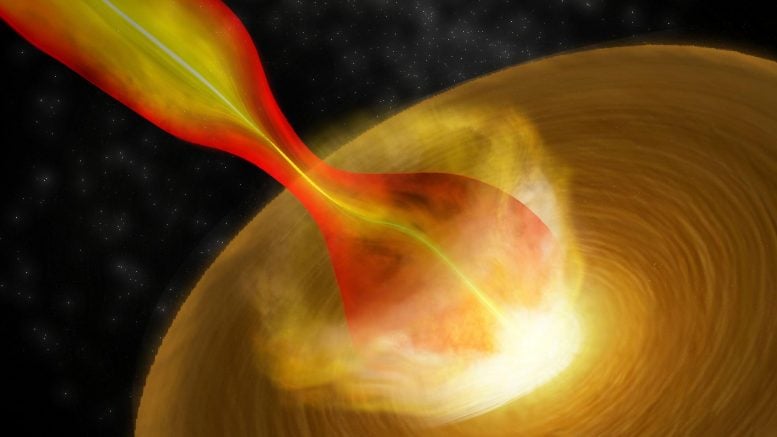
Artist’s conception of the young star Cep A HW2, showing a wide-angle wind originating close to the star and a disk of material orbiting the star (called an accretion disk), with a much narrower jet farther away. Credit: Bill Saxton, NRAO/AUI/NSF
VLA reveals new details of protostellar jet.
Astronomers studying the fast-moving jet of material ejected by a still-forming, massive young star found a major difference between that jet and those ejected by less-massive young stars. The scientists made the discovery by using the U.S. National Science Foundation’s Karl G. Jansky Very Large Array (VLA) to make the most detailed image yet of the inner region of such a jet coming from a massive young star.
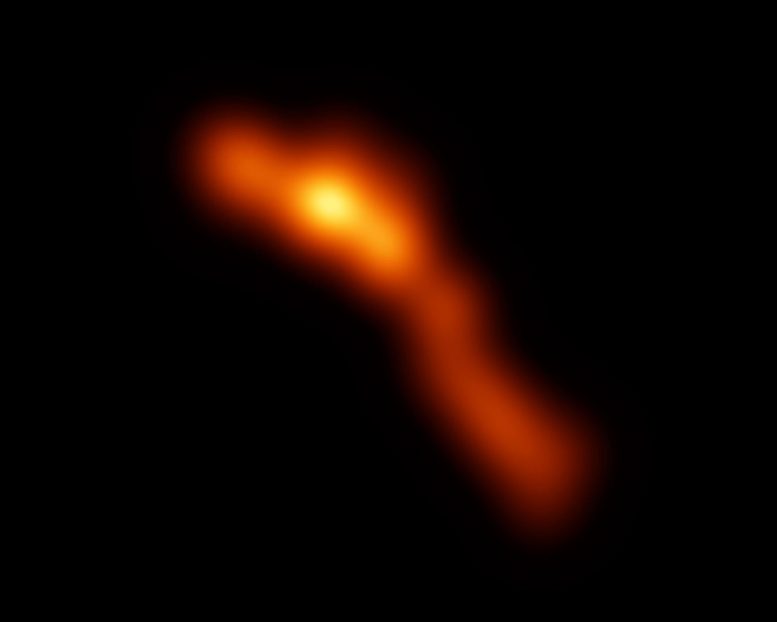
VLA image of the jet from protostar Cep A HW2. Credit: Carrasco-Gonzalez et al., Bill Saxton, NRAO/AUI/NSF
Both low- and high-mass young stars, or protostars, propel jets outward perpendicular to a disk of material closely orbiting the star. In stars with masses similar to the Sun, these jets are narrowed, or focused, relatively tightly near to the star in a process called collimation. Because most high-mass protostars are more distant, studying the regions close to them has been more difficult, so astronomers were unclear if this was the case with them.
A team of scientists observed a massive protostar called Cep A HW2, located about 2,300 light-years from Earth in the constellation Cepheus. Cep A HW2 is expected to develop into a new star about 10 times more massive than the Sun. The new VLA images showed the finest detail yet seen in such an object, giving the astronomers their first view of the innermost portion of the jet, a portion roughly as long as the diameter of the Solar System.
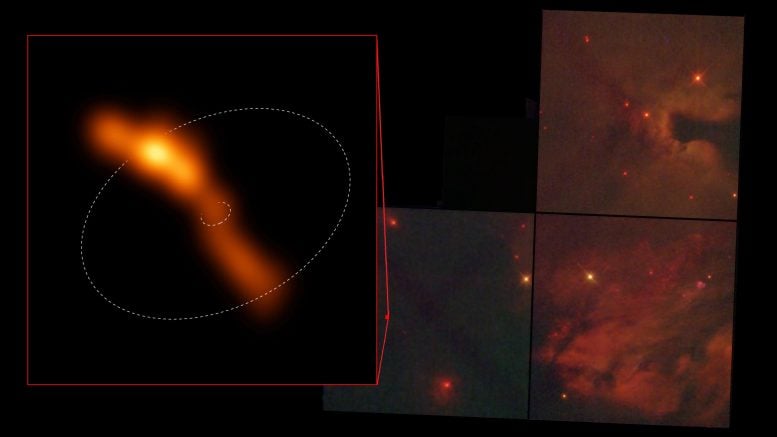
VLA image of the jet from protostar Cep A HW2, with surrounding area shown in Hubble Space Telescope image. Circles indicate the location of the accretion disk, not seen in this image. Credit: Carrasco-Gonzalez et al.; Bill Saxton, NRAO/AUI/NSF; STScI
“What we saw is very different from what usually is seen in the jets from low-mass stars,” said Adriana Rodriguez-Kamenetzky, of the National Autonomous University of Mexico (UNAM).
In lower-mass protostars, observations have shown the jets to be collimated as close to the star as only a few times the Earth-Sun distance.
In Cep A HW2, however, “We see not a single jet, but two things — a wide-angle wind originating close to the star, then a highly-collimated jet some distance away,” said Alberto Sanna, of the Osservatorio Astronomico di Cagliari (INAF) in Italy. The collimated jet starts at a distance from the star comparable to the distance from the Sun to Uranus or Neptune.
The discovery raises two main possibilities, the astronomers said.
First, the same mechanism could be at work in both high-mass and low-mass protostars, but the collimation distance could be determined by the mass, occurring farther away in more massive systems. The second possibility is that high-mass stars might produce only the wide-angle wind seen in Cep A HW2, with collimation only coming when physical conditions around the star restrict the flow.
“That case would point to a major difference in the mechanisms at work in protostars of different masses,” said Carlos Carrasco-Gonzalez, also of UNAM, leader of the work. “Answering this question is important to understanding how stars of all masses form,” he added.
Carrasco-Gonzalez and his colleagues are reporting their findings in the Astrophysical Journal.
Reference: “Zooming into the Collimation Zone in a Massive Protostellar Jet” by Carlos Carrasco-González, Alberto Sanna, Adriana Rodríguez-Kamenetzky, Luca Moscadelli, Melvin Hoare, José M. Torrelles, Roberto Galván-Madrid and Andrés F. Izquierdo, 7 June 2021, The Astrophysical Journal Letters.
DOI: 10.3847/2041-8213/abf735
arXiv: 2106.01235
The National Radio Astronomy Observatory is a facility of the National Science Foundation, operated under cooperative agreement by Associated Universities, Inc.

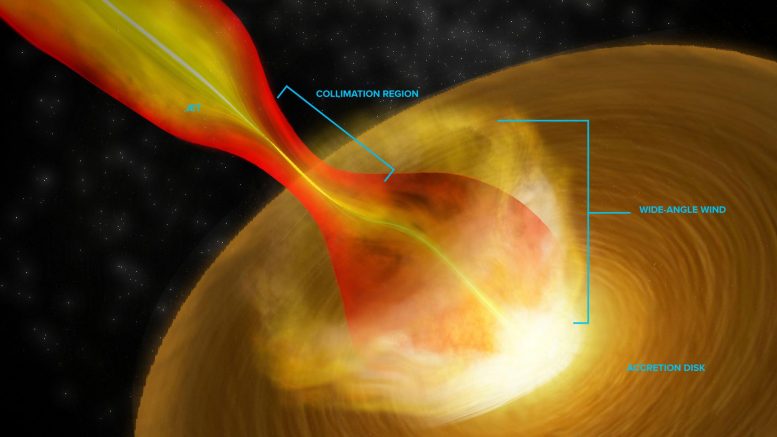
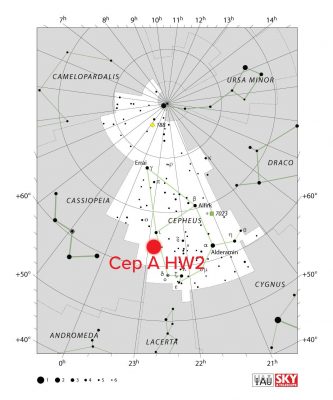
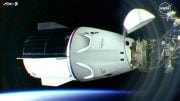
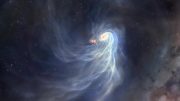






Be the first to comment on "Astronomers Discover Jets from Massive Protostars Might be Very Different from Lower-Mass Systems"